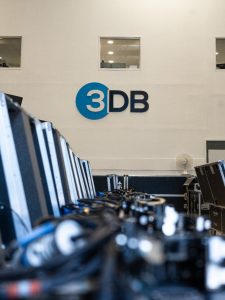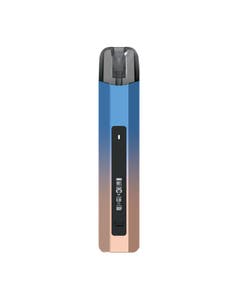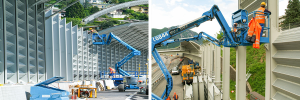
Waterjet cutting is a remarkable technology that has quietly revolutionized the world of precision cutting. This process utilizes a high-pressure stream of water mixed with abrasive materials to cut through various materials with exceptional accuracy and intricacy. Let us uncover the secrets behind the fascinating world of waterjet cutting, shedding light on its capabilities, applications, and the principles that make it a preferred method for a wide range of industries.
The power of water and abrasives:
At the core of waterjet cutting is the dynamic combination of water and abrasive materials. By propelling a concentrated stream of water at incredibly high pressure (typically between 40,000 to 60,000 PSI) and adding abrasives like garnet, the waterjet is transformed into a precision cutting tool. This combination allows it to slice through materials with ease.
Versatility in materials:
One of the most significant secrets of waterjet cutting is its versatility in handling a wide range of materials. From metals and composites to glass and stone, waterjet cutting can efficiently cut through materials that would otherwise be challenging for conventional methods. This adaptability makes it a popular choice across industries.
Precision without heat:
Unlike some other cutting methods, waterjet cutting does not generate heat during the cutting process. This is a critical advantage when working with heat-sensitive materials like plastics or materials that can become distorted due to heat, such as metals. The absence of heat-affected zones ensures precise, burr-free cuts.
Intricate designs:
Waterjet cutting’s secret weapon is its ability to create intricate and detailed designs with unmatched precision. The narrow stream of water mixed with abrasive materials can be controlled with high accuracy, allowing for the production of complex shapes, sharp corners, and fine details. This makes it a go-to method for architectural designs, custom metalwork, and inlays.
Environmentally friendly:
Another hidden secret of waterjet cutting is its eco-friendliness. The process uses a small amount of water, and the used abrasive can often be recycled. Unlike some cutting methods that produce harmful fumes and waste, waterjet cutting is environmentally sustainable, making it an attractive choice for companies with a focus on green manufacturing.
Minimal material wastage:
Waterjet cutting minimizes material wastage. It’s a highly efficient method that allows for tight nesting of parts, ensuring that the material is used to its fullest potential. This not only saves costs but also contributes to sustainability efforts.









